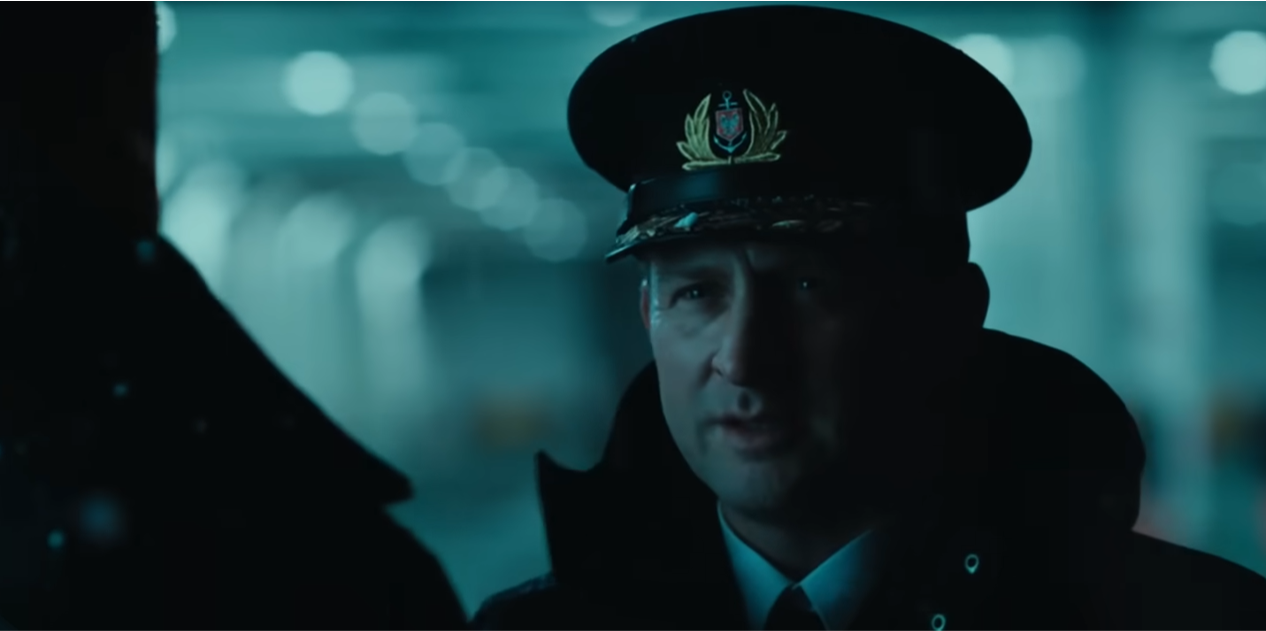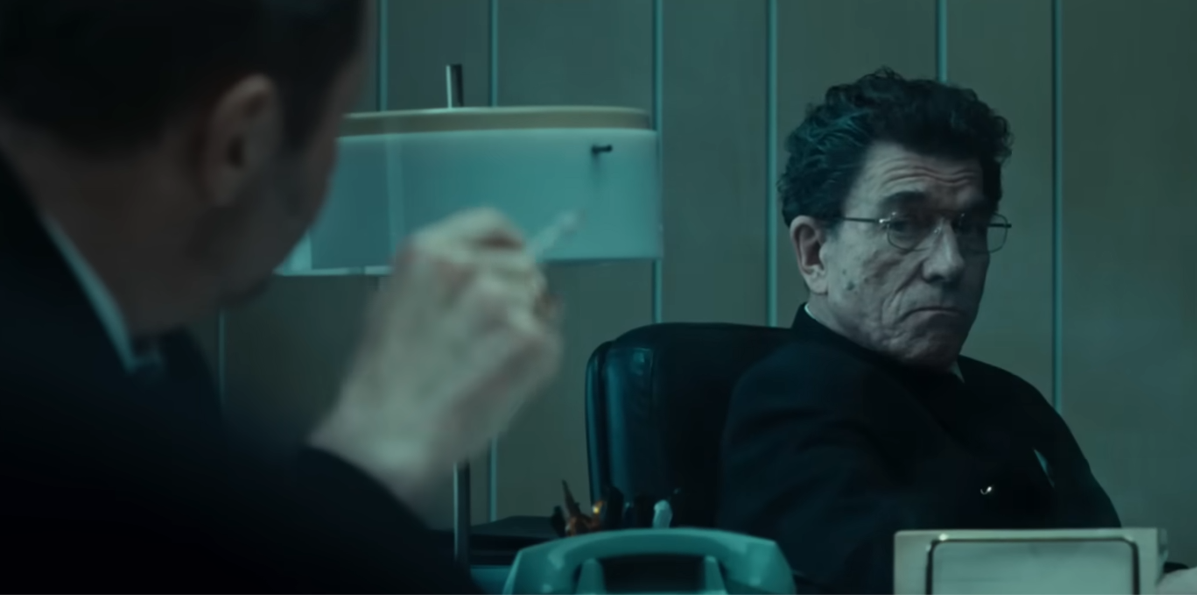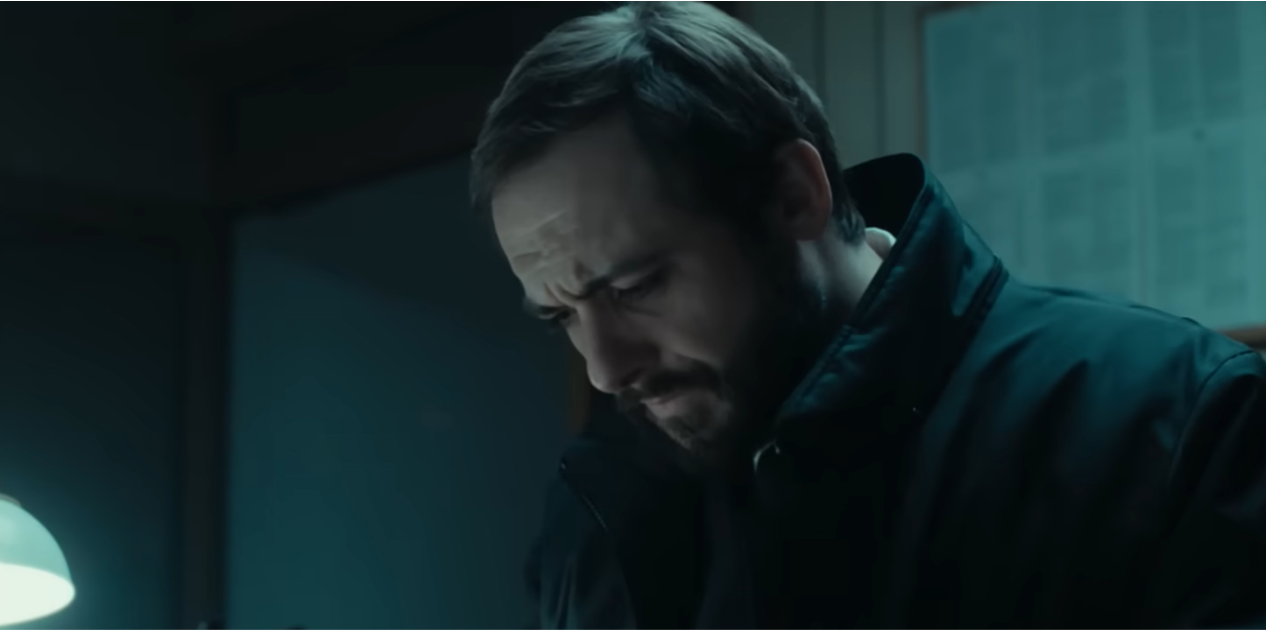Helmed by Jan Holoubek, Netflix’s ‘Heweliusz’ tells the story of a ferry disaster that claimed many lives, while also examining the series of events that led up to the catastrophe in the first place. In doing so, the narrative also creates room for the investigation to follow, with an off-duty captain plunging headfirst into the mystery. Although information appears to be obscured at every turn, the captain refuses to give up on his quest to seek justice, not just for those who perished in the incident, but for the loved ones they left behind. The Polish historical disaster drama series brings together a myriad of perspectives on a singular tragedy, showing how difficult it can be to parse the truth out of several conflicting narratives.
Heweliusz is a Creative Reimagining of a Real Ferry Disaster That Shocked the World
‘Heweliusz’ is based on the real-life sinking of a ferry known as MS Jan Heweliusz, in the Baltic Sea on January 14, 1993. The incident claimed the lives of 56 passengers and crew, and has been recorded as one of the largest peacetime maritime disasters in Polish history. While the show presents a dramatized version of the maritime tragedy, writer Kasper Bajon reportedly used real facts, court documents, and testimonies to add authenticity to his craft. In an interview with Filmweb, he spoke about attending school with people connected to the incident and linked that to his lingering obsession with bringing the story to life, which only intensified during the research process for the series.

MS Jan Heweliusz was a Polish ferry built by the Norwegian company Trosvik Group AS and launched on January 29, 1977. Designed primarily to carry wheeled cargo, the vessel was owned by Polish Ocean Lines and operated by Euroafrica, typically traversing a route between Świnoujście, a city in the Western Pomeranian region of Poland, and Ystad, a town on Sweden’s southern coast. From the get-go, the ferry had a reportedly faulty construction, with about 115 tons of excess weight affecting its performance. Over the next fifteen years, Heweliusz accumulated no less than 28 accidents and malfunctions, which eventually earned it the nickname, “the floating coffin.” A near-sinking in 1982, coupled with a fire in 1986, were among the most significant contributors to the ferry’s damage.
Following the fire, the shipowners ordered repairs for the ferry, which included a complete renovation of one of the decks with an additional 60 to 70 tons of concrete; an illegal method that further affected the ferry’s buoyancy and weight distribution. A mere four days before the sinking, Heweliusz’s stern gate was damaged while docking in Ystad, and although the captain advised taking the vessel out of service for repairs, Polish Ocean Lines instead ordered a temporary fix, not by professionals, but by the crew themselves. While the idea was to gradually repair the gate across lay-up periods, it never came to pass. On the night of January 13, 1993, after a delay of two hours due to last-minute repairs, the ferry set sail for its final voyage,
Extreme Hurricane-Force Winds Led to the Ferry’s Capsizing
Official records state that on January 13, the ferry departed with 36 passengers and 29 crew members, along with 28 trucks and 10 railcars carrying a variety of goods, ranging from canned food to magazines. Heweliusz was one of three ships, alongside Silesia and Copernicus, scheduled for arrival in Świnoujście the next day. Although a storm was visibly stirring in the Baltic Sea, the ships were forced to adhere to the strict schedule. In their testimony, survivors have claimed not to notice anything wrong at the start of the journey, but that changed at around 4 am the next day, when Heweliusz was hit with hurricane-force winds estimated at 112 miles per hour. Captain Andrzej Ułasiewicz tried to save the ferry by repositioning it along the waves, which by then were rising up to 20 feet high, but the process proved to be futile.

The wind pressure was strong enough to tilt the already weakened Heweliusz more than 30 degrees. By 4:40 am, an SOS signal was sent out, and a complete evacuation was set in place. Although the tilt, combined with the severe weather conditions, made it harder for the crew to lower the lifeboats, seven rafts were successfully lowered. One of the survivors, Jerzy Petruk, later recounted that most of the passengers and crew managed to leave the ferry before it ultimately capsized at 5.10 am. However, things continued to worsen from there, as the fierce storm, coupled with miscommunication between radio operators about the exact coordinates of the incident, significantly delayed the rescue process. By the time the German, Danish, and Swedish helicopters eventually arrived, the survivors had been stranded in lifeboats for an hour and a half, many of which were flooded with ice-cold water.
Complications During the Rescue Mission Contributed to Many Deaths
Survivor Jerzy Petruk recalled witnessing several deaths in the middle of the rescue process, as the freezing cold made it harder for the body to function. While some people died on the raft, two reportedly died of cold during a flight to a rescue base in Germany. One helicopter made the fatal mistake of attempting to lift an entire lifeboat full of people, which then fell upside down into the water, resulting in the deaths of crew members Janusz Szydłowski, Teresa Sienkiewicz, and Janusz Subicki. The German rescue ship, named Arcona, sailed to the wreck of Heweliusz at around 7.30 am and lowered a net next to a lifeboat for survivors to climb on. However, only two people managed to make the climb, as the rest were too exhausted by the cold. Andrzej Korzeniowski, an electrician, reportedly died in the middle of the climb.

Heweliusz sank at around 11 am, with Captain Andrzej Ułasiewicz and first officer Roger Janicki remaining on the vessel till the end. The nine surviving crew members were flown to German hospitals before returning to Poland upon recovery. There were a total of 56 casualties, with 36 passengers and 20 crew members meeting their end in the tragedy. Only 39 bodies have been found as of writing. While Euroafrica and Polish Ocean Lines initially assured that the wreckage of Heweliusz would be lifted from the Baltic seabed, the idea was later scrapped, and the ferry wreckage presently sits roughly 88 feet below the surface.
While a formal investigation into the disaster was launched by Prime Minister Hanna Suchocka, the commission’s inquiry was suspended in March 1993 with no reports produced. Initially, the main burden of the accusations fell on the deceased Captain Andrzej Ułasiewicz, which sparked heated discussion and outrage. Then, according to the ruling of the Maritime Chamber from 1996, the captain’s erroneous judgment and a failure in the ballast compensation system were announced as the cause for the capsizing. However, the reliability of the judgement was put into question in 2000, when the association of widows and families of seafarers filed a complaint with the European Court of Human Rights. On 3 March 2005, the court ruled in favour of the association, granting the families damages. Furthermore, the Polish government was asked to change the Maritime Chambers Act, with the amendment being enforced in 2009.
Read More: Is Terry McMillan Presents: His, Hers and Ours Based on a True Story?


